Network Rail and South Western Railway are strengthening their fight against leaves on the line to keep trains running safely and reliably in Surrey, Hampshire, Wiltshire and Dorset this autumn.
Every year, thousands of tonnes of leaves fall on the railway. When crushed under train wheels, they form a hard Teflon-like surface on top of the track – the railway’s equivalent to black ice on the road – that makes it more difficult for trains to grip, and drivers have to adjust with gentler and more time-consuming acceleration and braking.
The companies use a fleet of special trains armed with high-power water jets to blast this ‘leaf mulch’ off the tracks, with jets powerful enough to cut steel, but now we’re running those services at higher frequencies so key parts of the railway will be treated twice every 24 hours.
They're also trialling using high-definition cameras fitted to our treatment trains to collect pictures of the rails so they can develop artificial intelligence software in the future, which will help them to paint a picture of leaf-mulch contamination and identify ‘hot-spot’ areas that may need extra attention
Last year’s accident outside Salisbury involved slippery rails, showing how important it is that the tracks are kept clear. Now they're ready to kick off another autumn season with new weapons in their armoury. On top of an already robust autumn action plan, here are the new things they're doing this year:
Leaf-busting trains are now scheduled to treat key parts of the railway twice every 24 hours, seven days a week.They're trialling HD cameras on treatment trains and some passenger trains to collect images of the rail so that they can identify areas that need extra treatment. This data will be used to develop artificial intelligence software in the future that will monitor and trigger treatment in areas that need extra attention.They have been working closely with Drivers, Signallers and Mobile Operation Managers to identify 45 leaf fall sites which will be marked with new signage to alert drivers.They have rewritten timetables to run leaf-busting trains more slowly at those 45 sites, increasing the effectiveness of their water jets and the laying of a grippy paste on the tracks.Train drivers are now receiving an enhanced briefing, and new drivers will receive additional training material.On the diesel fleet of trains, a system which lays sand onto the rails to increase grip is being enhanced to drop more sand onto the tracks. They are trialling new technology to monitor the wheel slip and slide protection system (much like traction control in a car) on our trains.They've installed 11 extra traction gel applicators in key areas to apply a mixture of sand and gel to the rails to improve train grip, so they now have more than 51 gel applicators.A tremendous amount of effort across the rail industry has gone into collaboratively working together to make the railway safer this autumn.
Mark Killick, Network Rail Wessex Route Director, said:
“Last year’s collision at Salisbury is a stark reminder of the very real risk autumn presents to the railway and the need for us to constantly evolve our approach to managing leaf fall.
“For the past year we’ve been working to create new and innovative solutions to protect our passengers and keep trains running reliably throughout autumn.
“As we reflect on the year past, I’d like to pay tribute to the community in Salisbury and the emergency services who worked tirelessly in difficult circumstances to support each other.”
South Western Railway’s Managing Director Claire Mann said:
“The safety of our customers and colleagues is our number one priority, so we are constantly reviewing and updating our autumn action plans to embrace new technology and safely keep our customers moving.
“Every autumn, leaves on the line cause real challenges for the railway, and we’re working tirelessly in partnership with Network Rail to mitigate the problems they cause.
“The incident in Fisherton Tunnel was one of my most challenging days on the railway, and it is important all parties work together to reduce the risk of it happening again.”
The driver of the South Western Railway, Robin Tandy, has retired since the accident and returned to drive one last train after his heroics on that fateful night.

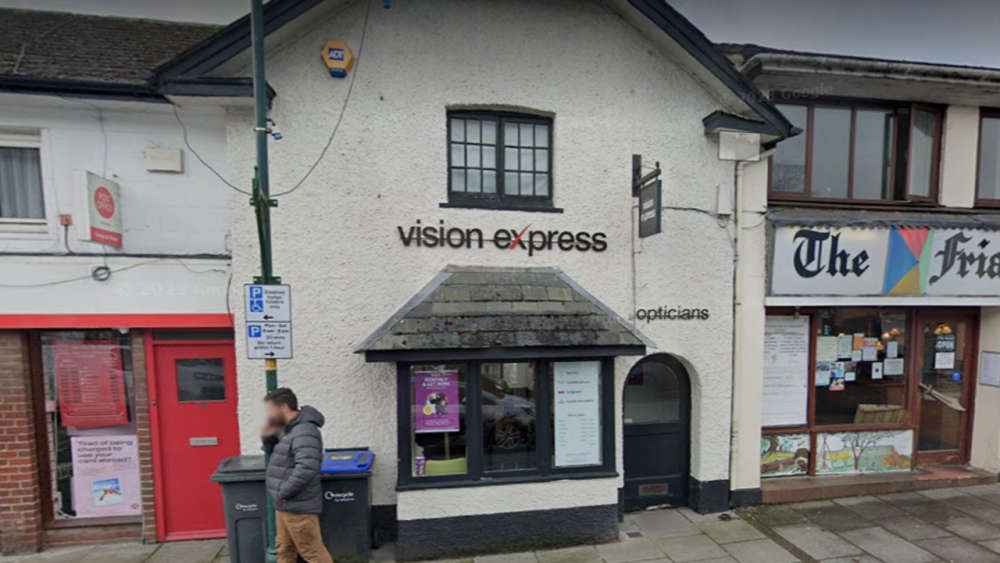 Multiple Pairs of Sunglasses stolen from Amesbury shop
Multiple Pairs of Sunglasses stolen from Amesbury shop
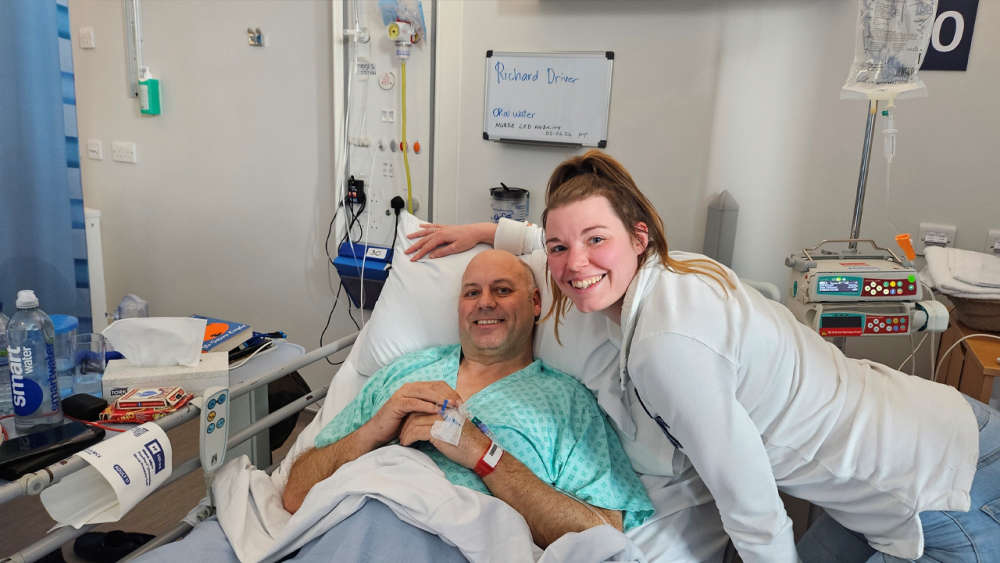 Salisbury woman to run marathon in honour of dad who survived tumour the size of a rugby ball
Salisbury woman to run marathon in honour of dad who survived tumour the size of a rugby ball
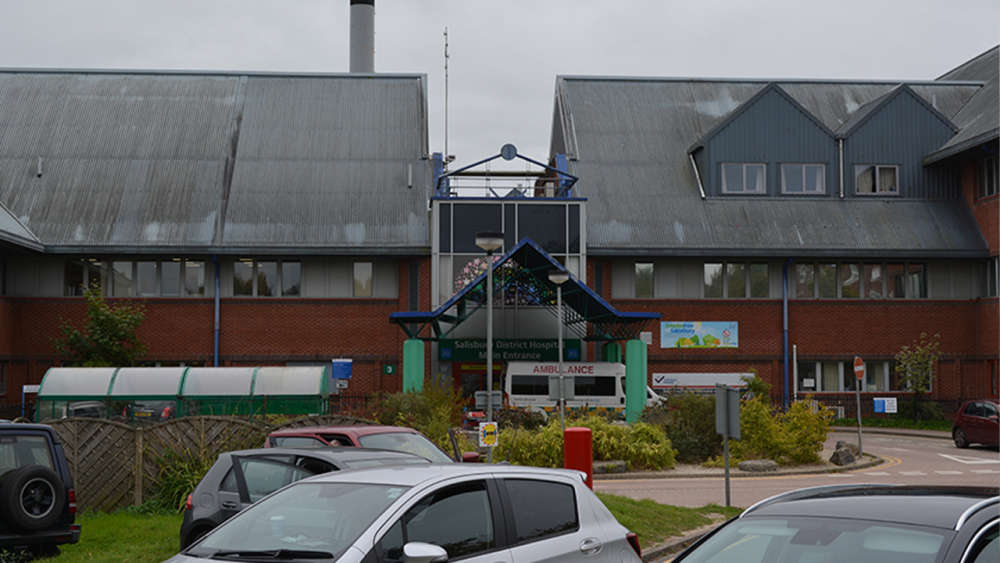 Salisbury District Hospital tops national survey
Salisbury District Hospital tops national survey
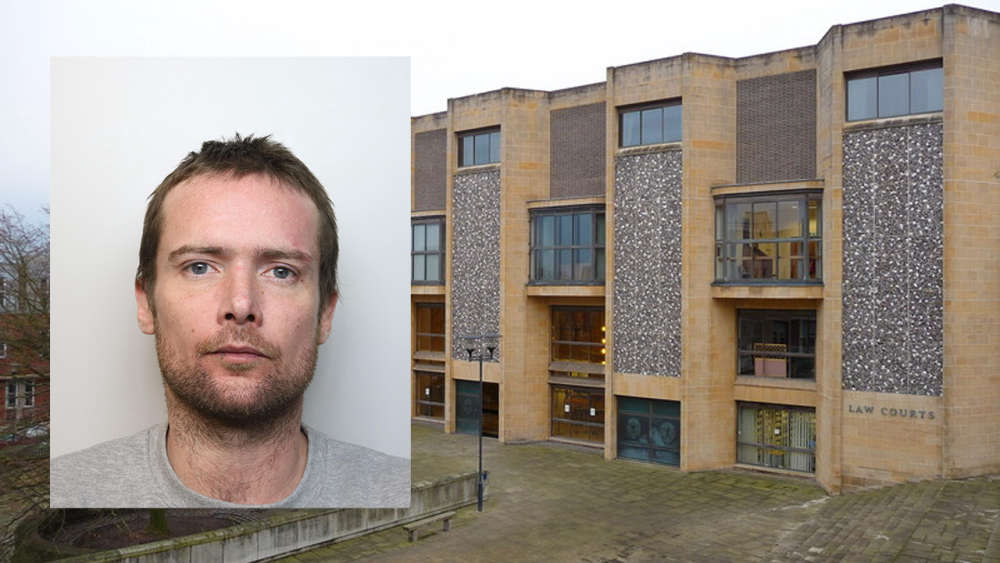 Man jailed for 28 months following stabbing in Amesbury
Man jailed for 28 months following stabbing in Amesbury
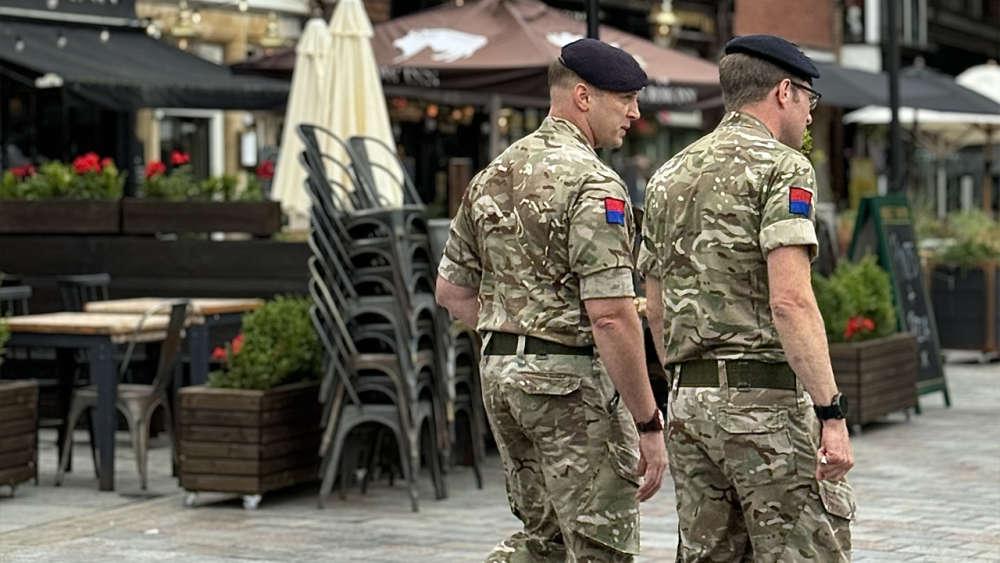 City Council announces plans for Armed Forces Day
City Council announces plans for Armed Forces Day
 Highest Score Arcade Announces Exciting Easter Events For All Ages
Highest Score Arcade Announces Exciting Easter Events For All Ages
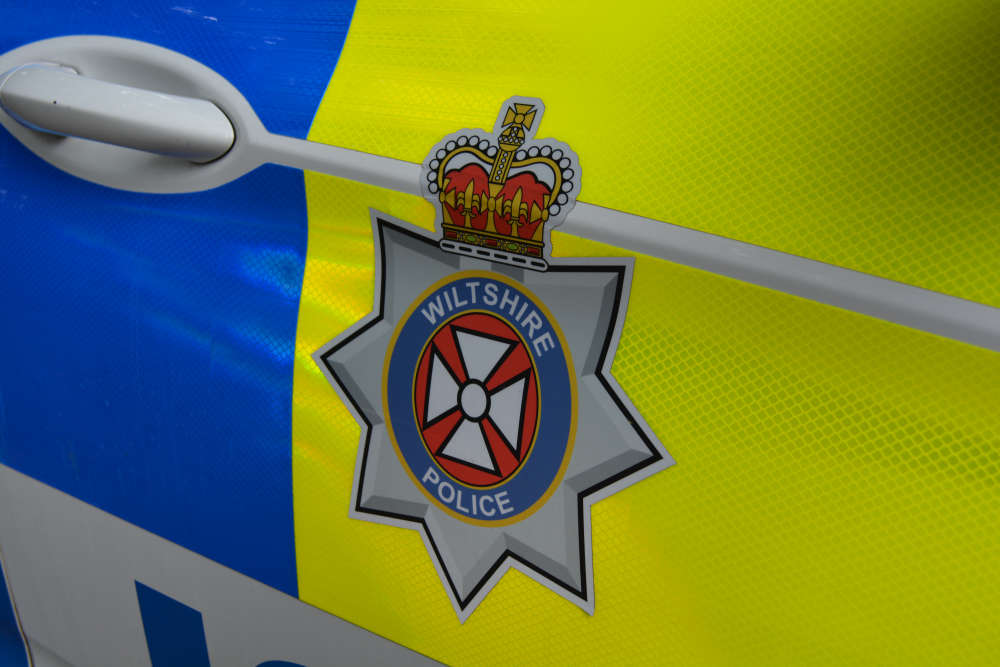 Man charged with attempted murder following serious crash in Salisbury
Man charged with attempted murder following serious crash in Salisbury
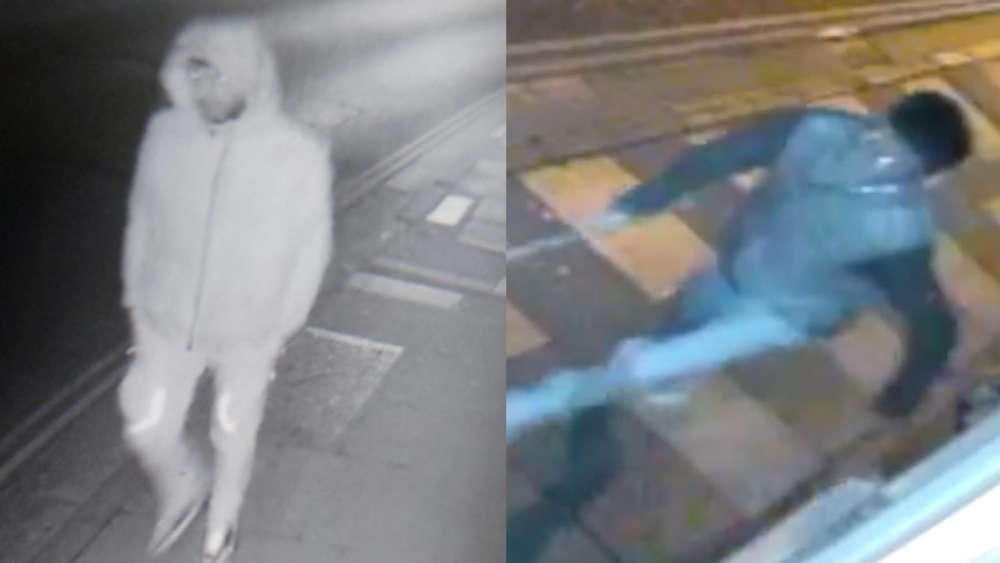 Police looking for pair after attempted burglary on Catherine Street
Police looking for pair after attempted burglary on Catherine Street









